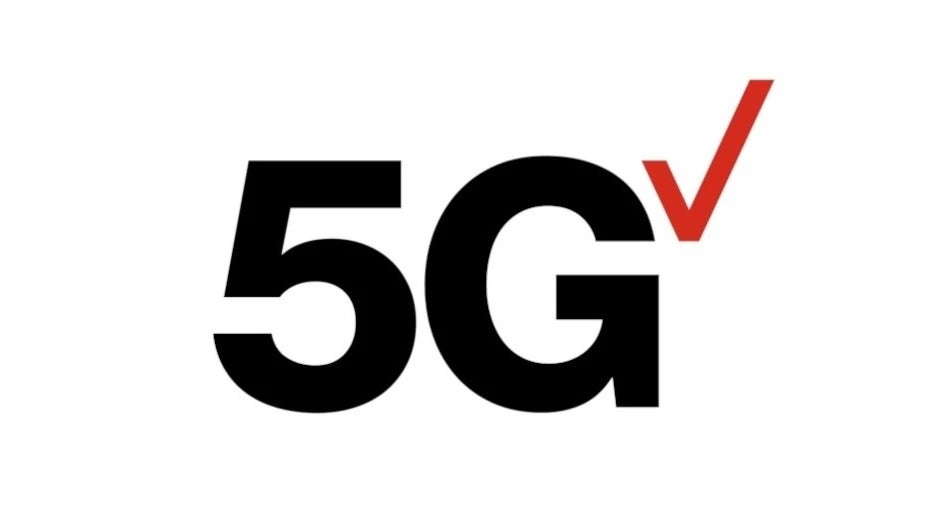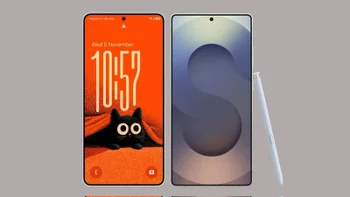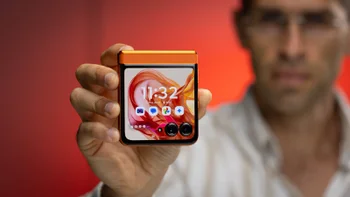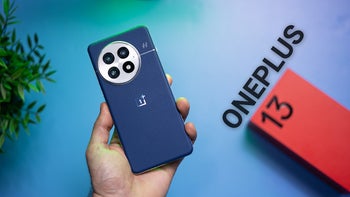Verizon's high-band 5G service has too many limitations to excite U.S. consumers

We've gone over this several times, but just in case you missed it or forgot, most nationwide 5G networks consist of low-band airwaves. That's because low-band signals travel farther and penetrate structures better than mid and low-band frequencies. The only problem is that low-band delivers download data speeds not much faster than 4G LTE.
T-Mobile is arguably the early 5G leader in the U.S.
Mid-band 5G is the magic ingredient that has led T-Mobile to the top of the 5G heap in the U.S. That's because mid-band signals travel farther than mmWave and produce faster 5G signals than low-band. High-band mmWave signals only travel a short distance, do not penetrate obstructions well, but do offer the fastest, speediest 5G download data signals.

T-Mobile's 5G Triple Layer Cake
This explains why low-band 5G signals are available throughout the country, and why it is rare to be hooked up to 1Gbps high-band 5G signals. It also explains why T-Mobile spent $26 billion to acquire Sprint and obtain its hoard of 2.5GHz mid-band spectrum. Trying to catch up, Verizon and AT&T together spent $68 billion for C-band licenses in the 3.7GHz-4.2GHz range.
But as it turns out, the C-band frequencies could cause interference with commercial aircraft. As a result, Verizon and AT&T promised to delay the implementation of the new frequencies until next month. According to SDxCentral, Verizon is going to end up deemphasizing its mmWave Ultra Wideband even though the nation's largest carrier initially focused on it when it started building its 5G network.
EJL Wireless Research founder Earl Lum said that Verizon focused on mmWave at first because that was the only spectrum it had to work with as the 5G era kicked off. During a phone interview with SDxCentral, Lum stated that "They had nothing else so they went all-in on it and they couldn’t back out."
Verizon has the most mmWave holdings of the major U.S. carriers. But as T-Mobile's President of Technology, Neville Ray, said this past March, "Simply put, Verizon and AT&T bet on the wrong horse — went all in on millimeter wave — and now they’re scrambling … and writing big checks … to try to catch up."
Analysts at research firm MoffettNathanson calculated that Verizon’s 5G Ultra Wideband service "currently accounts for just one-half of 1% of the time 5G users are connected." EJL Wireless' Lum surveyed 40 small cell mmWave sites in San Diego and 34 in nearby Chula Vista. He found that the average radius of these mmWave small cell sites was only 500 feet (and only when there was a direct line of sight to the radio with no obstructions).
Lum, talking about how obstruction can block high-band 5G signals, said, "Once you start going out into the real world where a building, a tree, whatever is going to shadow that signal, then all bets are off. You’re never going to get ubiquitous coverage. It just can’t ever be achieved because it would take so many sites to do."
Consumers picking up a 5G phone expecting to get fast 5G download speeds everywhere, all the time, are sure to be disappointed
Lum adds, "These beams only go so far because of the frequency band and your phone only has enough juice to go back to the network." When the signal strength of that mmWave beam starts to weaken, phones automatically switch back to sub-6GHz (low and mid-band), something that Lum had to deal with often in San Diego. He said that in one case he walked 50 feet away from the cell and already dropped off the mmWave coverage.
Consumers who purchase a 5G phone and expect it to deliver 5G mmWave speed "will be severely disappointed in any of the cities that [they] go to," Lum states. He tried everything to give Verizon the benefit of the doubt and even tried to improve the signal by pointing his phone directly at the tower. But the characteristics of 5G frequencies are what they are.
Verizon and AT&T made the wrong move at first and only T-Mobile got it right. But that doesn't mean that Verizon and AT&T can't recover as we are still very early in the 5G game.
Follow us on Google News












Things that are NOT allowed:
To help keep our community safe and free from spam, we apply temporary limits to newly created accounts: